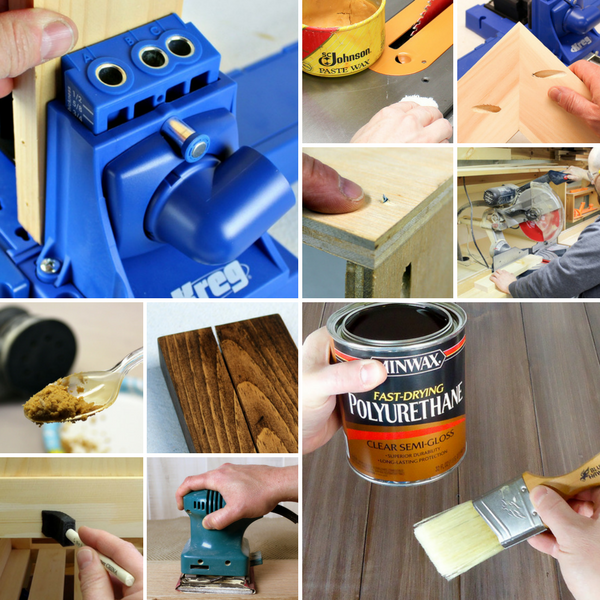
DIY home tips are your key to transforming your house into a personalized haven, all while staying within budget. Imagine effortlessly updating your living space, adding unique touches, and achieving a beautiful home aesthetic without breaking the bank. This thorough guide offers actionable insights, step-by-step instructions, and practical advice to help you tackle various DIY home improvement projects effectively. We’ll delve into everything from simple fixes to more substantial upgrades, ensuring that you gain the confidence to take on any home improvement task. This guide is structured to help you through the entire process, from initial planning to final execution.
Planning Your DIY Home Projects
Understanding Your Needs and Resources
Effective home improvements begin with careful planning. Assess your needs honestly and prioritize the projects that resonate with your lifestyle and space. Before you start envisioning a brand-new kitchen, consider the current layout, its functionality, and your budget. What are the core issues with your house that need improving? Perhaps you need to improve the paint job, add a new cabinet, or update your existing windows. Having a clear understanding of your objectives is critical, because without it, you are likely to fall into the trap of starting several projects at once, which could stretch your resources and ultimately lead to subpar work.
Choosing the Right Tools and Materials
selecting High-Quality Tools
The achievement of your DIY project hinges heavily on the quality of your tools. Investing in good quality tools, even if it seems expensive initially, can save you time and frustration in the long run. Think about whether a particular job would be optimal tackled with a screwdriver, a hammer, or an electric drill. The right tools are vital to ensure efficiency and precision, and the optimal ones will help you complete the job correctly and safely, preventing potential damage or injuries.
Mastering Basic DIY Skills
Essential Skills for achievement
Developing a solid foundation of basic DIY skills is key to tackling more complex projects. Start with simple tasks and progressively move to more involved ones. This can be learning how to hang pictures, install simple light fixtures, or fix leaky faucets. Mastering these fundamentals, even seemingly minor ones, can lead to a more profound understanding of construction techniques, as well as offer you with essential problem-solving skills. Also, gain a sense of confidence and competence in your ability to handle DIY projects. This will motivate you to take on bigger and more challenging tasks in the future.
Time Management and Organization
Prioritization Strategies
Time management is crucial to avoid overextending yourself on projects. Create a realistic schedule to allocate time for each stage of your project. Ensure that the budget is appropriate, as well. Consider the time commitment required for each project; factor in unforeseen delays, and set achievable deadlines. Effective organization of materials, tools, and the workspace itself will help keep you on track and ensure a smooth workflow throughout the entire project.
Related Post : Diy Ideas Secrets
Budgeting Your DIY Projects
Cost-Effective Strategies
Planning a budget is an extremely vital step before you start any home improvement project. determine potential sources of cost savings. Shop around for the optimal deals on materials, tools, and supplies. When purchasing materials, factor in potential costs and waste. study various options and select the one that optimal meets your needs and budget. Consider how much you’re willing to spend on the project. Factor in the cost of materials, the cost of tools, and any labor costs involved.
Q: How can I find inspiration for DIY home projects?
A: Explore various sources of inspiration for DIY projects. Start by browsing online platforms and home improvement magazines for ideas and examples. Social media platforms, like Pinterest and Instagram, can also be great places to find visual inspiration and gather ideas from others’ projects. Attend home improvement expos or workshops to glean valuable insights and gather inspiration from experts in the field. Pinterest and Instagram are brimming with incredible examples.
Q: What are some essential safety precautions for DIY projects?
A: Safety should always be your top priority during any DIY home improvement project. Wear appropriate safety gear, such as gloves, safety glasses, and ear protection, whenever necessary. Be sure to inspect the tools, equipment, and materials you use to ensure that they are safe and in working order. If you feel overwhelmed by the task, enlist the help of a trusted friend, colleague, or family member, and do not hesitate to call a professional for assistance when needed. A small investment in safety precautions can prevent costly errors and injuries.
Frequently Asked querys
Q: What are some simple DIY projects for beginners?
A: Many beginners find that small tasks such as hanging pictures, installing a new doorknob, painting a room, or fixing a leaky faucet are fantastic starting points. These tasks require minimal tools and resources. By starting with smaller jobs, you can gradually build your confidence and skill set, preparing you for more substantial projects down the line. studying the specific techniques and procedures for each of these tasks beforehand will equip you with the knowledge to confidently complete them.
In conclusion, DIY home improvement projects offer a fantastic blend of creativity, cost-efficacy, and personal satisfaction. By following these simple tips and techniques, you can significantly enhance your home’s aesthetic appeal and functionality. Ready to embark on your next DIY adventure? Visit our website for more detailed guides, inspiration, and expert advice. Let’s make your house a home!